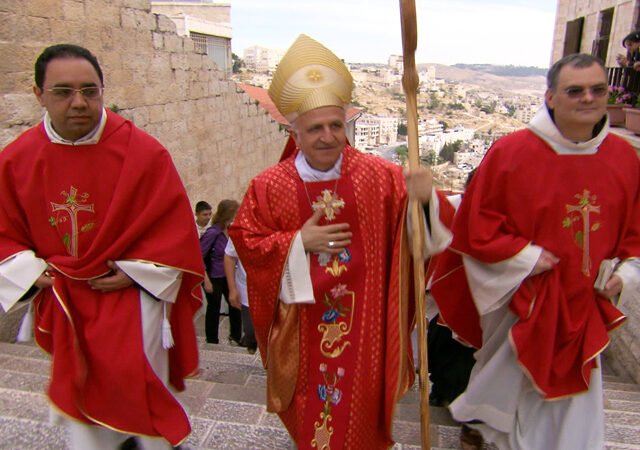Throughout history, human beings have sought to connect with the divine and make sense of the mysteries of the universe. One of the most powerful ways in which this connection has been expressed is through art, particularly in the realm of religion. The evolution of religious art is a fascinating journey that spans cultures, epochs, and artistic styles, reflecting the dynamic relationship between spirituality, creativity, and human expression.
Ancient Beginnings: The Dawn of Devotion
The origins of religious art can be traced back to the dawn of civilization. In ancient times, humans used art as a medium to honor and appease the gods they believed controlled their fate. These early forms of religious art often took the shape of simple carvings, figurines, and cave paintings depicting deities and spiritual symbols. Examples of such artifacts have been discovered in archaeological sites around the world, from the prehistoric cave paintings of Altamira to the terracotta figurines of ancient Mesopotamia.
Symbolism and Allegory: Medieval Religious Art
As societies evolved and organized religions emerged, religious art took on a more structured and symbolic form. In the medieval period, religious artworks were characterized by their use of symbolism and allegory to convey complex theological concepts to often illiterate congregations. Intricate stained glass windows in Gothic cathedrals, for example, told biblical stories through vibrant colors and intricate designs. These artworks served not only as a form of worship but also as a didactic tool, educating the masses about the central tenets of their faith.
Renaissance Reverence: Beauty and Piety
The Renaissance marked a significant shift in the evolution of religious art. As humanism and individualism flourished, artists began to approach religious subjects with a newfound focus on realism, proportion, and human emotion. Masterpieces like Leonardo da Vinci’s “The Last Supper” and Michelangelo’s “Pieta” showcased the divine and the mortal intertwined, capturing the essence of both religious devotion and human experience. This period also saw the rise of private devotional artworks, such as illuminated manuscripts and personal altarpieces, enabling a more personal and introspective connection with the divine.
Cultural Diversification: Global Expressions of Faith
As explorers and traders ventured to distant lands, religious art underwent a process of cultural diversification. Different societies infused their own artistic traditions with the spiritual beliefs they encountered, resulting in a rich tapestry of global religious art. The intricate mandalas of Hinduism, the serene Buddha sculptures of Buddhism, and the vibrant icons of Eastern Orthodoxy are just a few examples of how diverse cultures have visually represented their religious convictions.
Modern Interpretations: Spirituality in a Secular Age
The modern era brought with it new challenges and opportunities for religious art. With the rise of secularism and the questioning of traditional beliefs, artists began to explore spirituality in more abstract and experimental ways. Movements like Symbolism and Surrealism offered avenues for artists to delve into the subconscious and explore the depths of the spiritual experience. Moreover, religious art has adapted to new mediums, with digital art and installations providing unique platforms for contemporary expressions of faith.

Art as Dialogue: Contemporary Religious Expression
In today’s interconnected world, religious art continues to evolve as a reflection of the ongoing dialogue between different cultures, faiths, and perspectives. Artists now engage in conversations about religious pluralism, social justice, and environmental stewardship through their creations. Installations that merge technology, multimedia, and traditional art forms challenge viewers to contemplate the intersections of spirituality and the modern human experience. For more articles, information, and resources about the evolution of religious art, visit BibleKeeper.com to learn more.
Conclusion
The evolution of religious art is a testament to the enduring human quest for meaning, transcendence, and connection. From the humble carvings of ancient civilizations to the thought-provoking installations of today, religious art has mirrored the evolution of human thought, culture, and spirituality. As we continue to explore the mysteries of existence, one thing remains certain: religious art will persist in shaping and reflecting our ever-evolving relationship with the divine.

